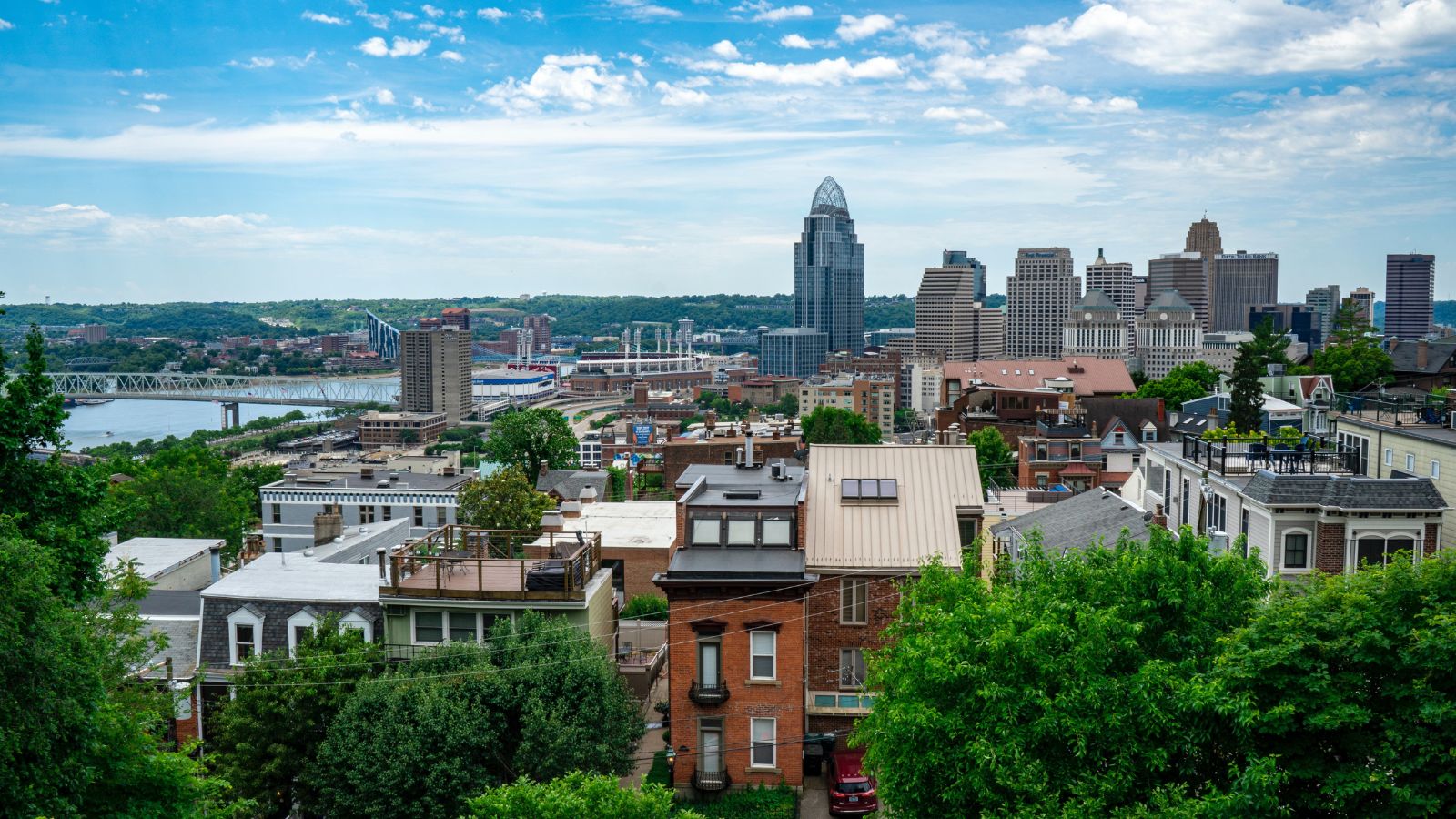As the climate warms, Cincinnati, Ohio, is getting hotter and wetter. But some residents suffer more than others from heat and flooding.
Because of historical housing practices that worsened segregation and disinvestment, low-income residents and people of color are more likely to live near roads and factories. These areas often lack trees and green spaces that provide cooling and absorb stormwater.
“So our program is all about taking this history into account and ensuring that there’s some restitution and reparation for past harm, and transformation so that their future can look different than its past,” says Savannah Sullivan of Green Umbrella, Greater Cincinnati’s regional sustainability alliance.
Her group is part of the Climate Safe Neighborhoods Partnership, an initiative facilitating climate advisory groups in eight neighborhoods. These groups of residents draft climate action plans that show where trees, cooling stations, and other solutions are needed.
“And so it’s a way of elevating lived experience and expertise of those who are on the front lines in their neighborhood directly into local planning and project mechanisms,” Sullivan says.
So people are better protected as the climate warms.
Reporting credit: ChavoBart Digital Media
Source link


